

In mid-July, large-scale clashes erupted in southern Syria between Druze and Bedouin tribes. Units of the new Syrian army, arriving under the pretext of restoring order, reportedly carried out mass killings, rapes, and kidnappings of the Druze population in the area. Estimates of the death toll range between 300 and 1,000. The conflict triggered reciprocal Israeli airstrikes on Syrian army targets, and news of the massacre sparked an unprecedented reaction among Druze living in Israel — more than a thousand of whom came to the border and demanded to be allowed through to help their co-religionists. The Israeli military conceded, and for the first time in decades, relatives separated by political barriers were able to reunite — if only for a single day. The Insider’s correspondent spoke with representatives of Druze communities in Israeli-controlled Majdal Shams and Isfiya and found that, despite the joy of meeting Syrian relatives, local residents believe the Jewish state could have done more to protect the Druze living under Syrian jurisdiction.
Content
The wall comes down
No outsiders
“We will not forget and we will not forgive”
On Wednesday, July 16, Saleh Badriya — a resident of the Israeli Druze village Daliyat al-Karmel — passed through the open gates in the fence at the Syrian border, walked about a kilometer, then got into the car of a resident of the nearby Syrian Druze village of Hader. He knew relatives on his father’s side lived there, even if he had never met them before. After arriving in the village, Saleh climbed onto the car’s roof and shouted his last name loudly. At first, nothing happened. Then he shouted again and again, and a man from the crowd that had gathered approached the car. A minute later, Saleh and his cousin embraced. The cousin then introduced him to his whole family.
Saleh’s voice trembles. “How do you describe that?” he mutters as if apologizing. “Did I ever think I would live to see this…”
Saleh showed The Insider videos sent by acquaintances from As-Suwayda. Among the dead were six of his relatives: his grandmother’s sister, killed in her home; her granddaughters, whose bodies were found separately; and three cousins.
A series of armed clashes that began on July 13, 2025, between Druze militias, Bedouin tribes, and Syrian government forces.
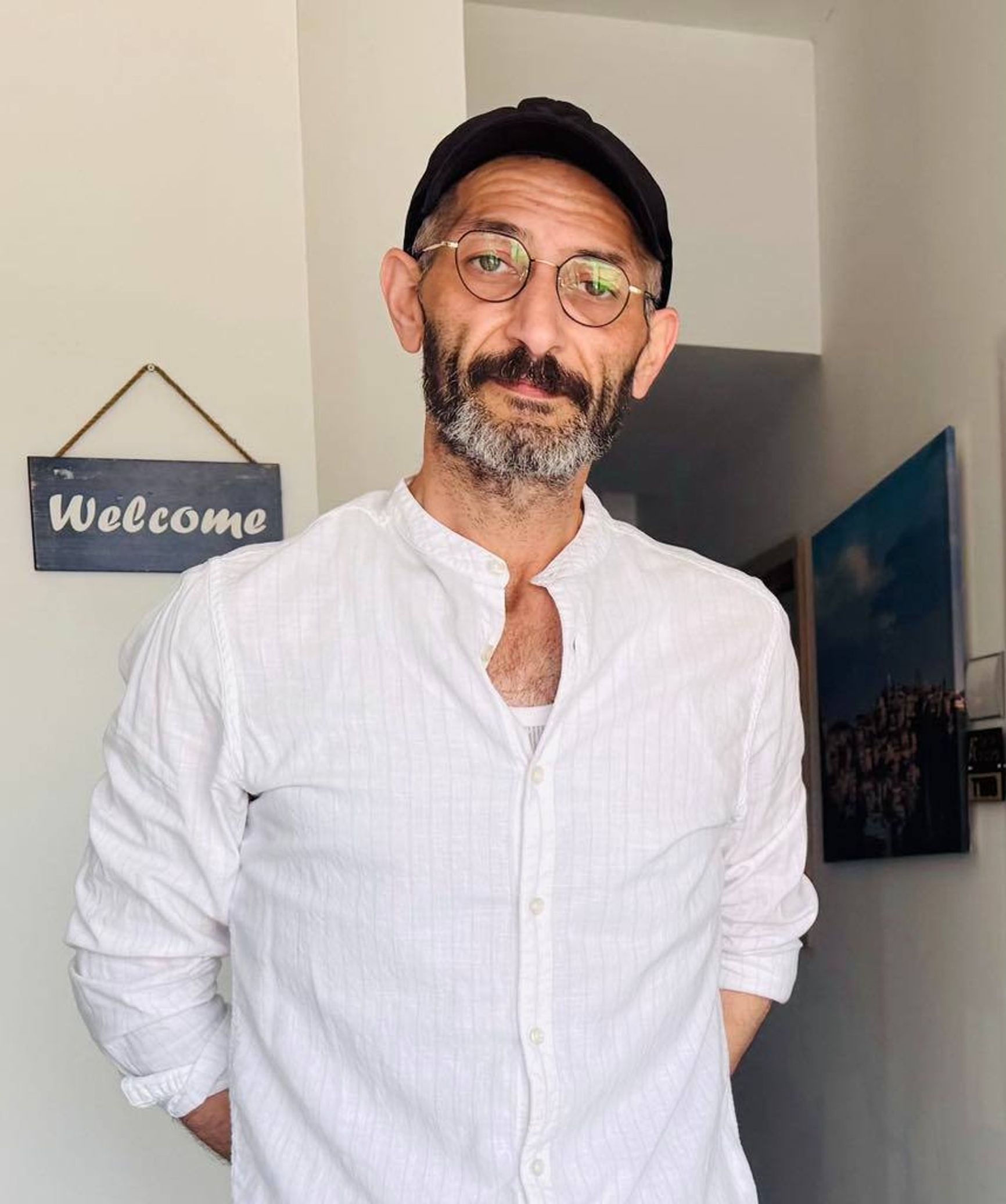
Saleh Badriya
Saleh works as the executive director of the state-run Israel-Druze Center, but before that, he spent more than 15 years as a paramedic. On October 7, 2023, he got into his car and drove south to the kibbutzim burned by Hamas. He returned home two days later, went into the kitchen, took the biggest knife he could find, brought it to his wife, and said: “If something like that starts here and I’m not around, don’t wait for them to get to you.”
Watching the footage from As-Suwayda, Saleh says he thought of that knife again: “This is my second October 7. It’s the same pain.”
The wall comes down
The international border split the Druze of the Golan Heights from their brethren in Syria after Israel captured the territory during the 1967 Six-Day War. There are about 120,000 Druze living in Israel today, around one-fifth of them are in the Golan.
A series of armed clashes that began on July 13, 2025, between Druze militias, Bedouin tribes, and Syrian government forces.
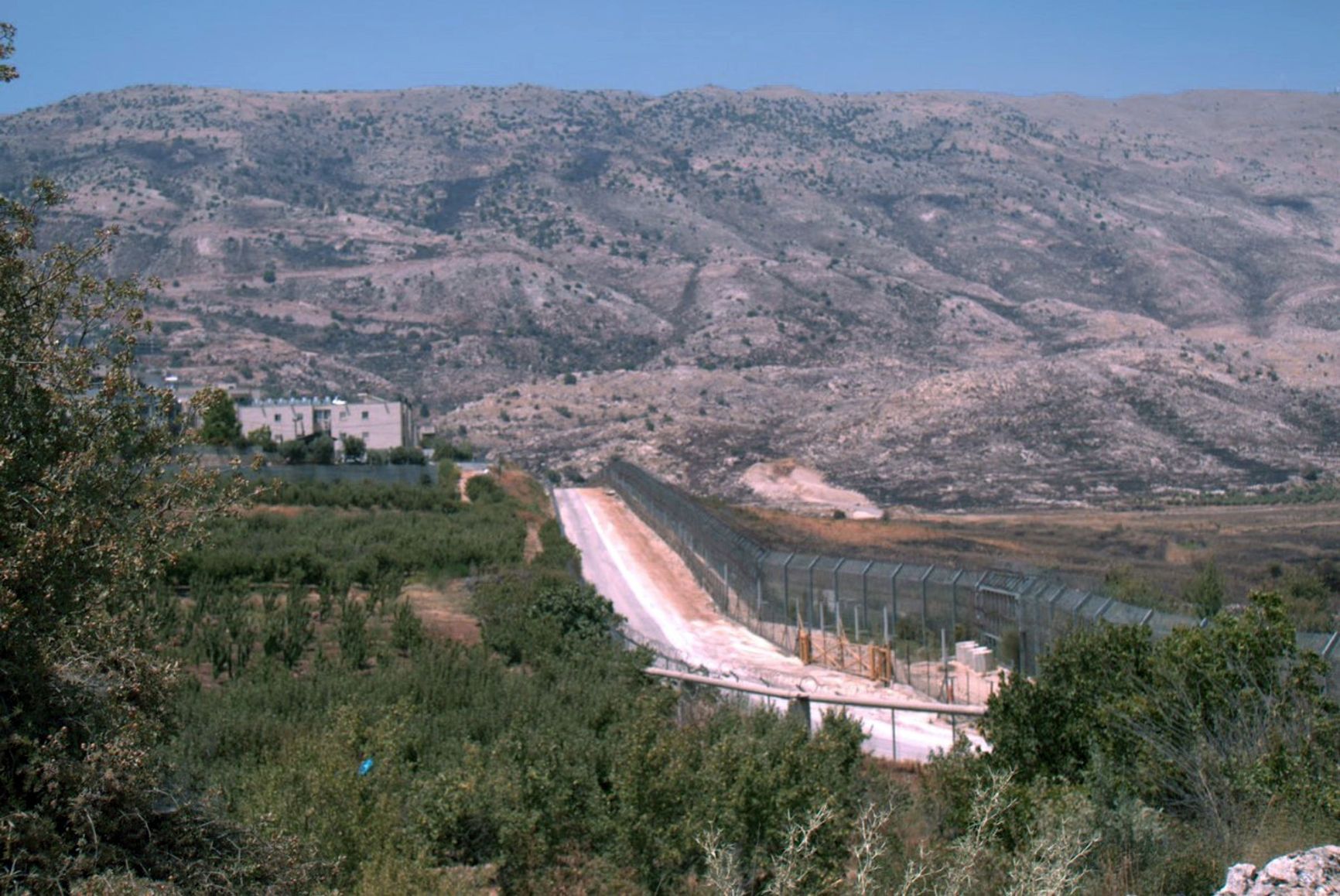
The barbed-wire fence separating the Israeli Druze village of Majdal Shams from Syrian territory divides families
The Insider
In the Israeli Druze village of Majdal Shams, at the foot of Mount Hermon, a long barbed-wire border fence stretches for several kilometers. The day after more than a thousand Druze “broke through” into Syria, the Israeli army installed concrete blocks in front of the barbed-wire fence. Almost immediately, local youth spray-painted them with graffiti: “We are all As-Suwayda,” “Druze blood is not cheap,” “We will not forgive.”
A series of armed clashes that began on July 13, 2025, between Druze militias, Bedouin tribes, and Syrian government forces.
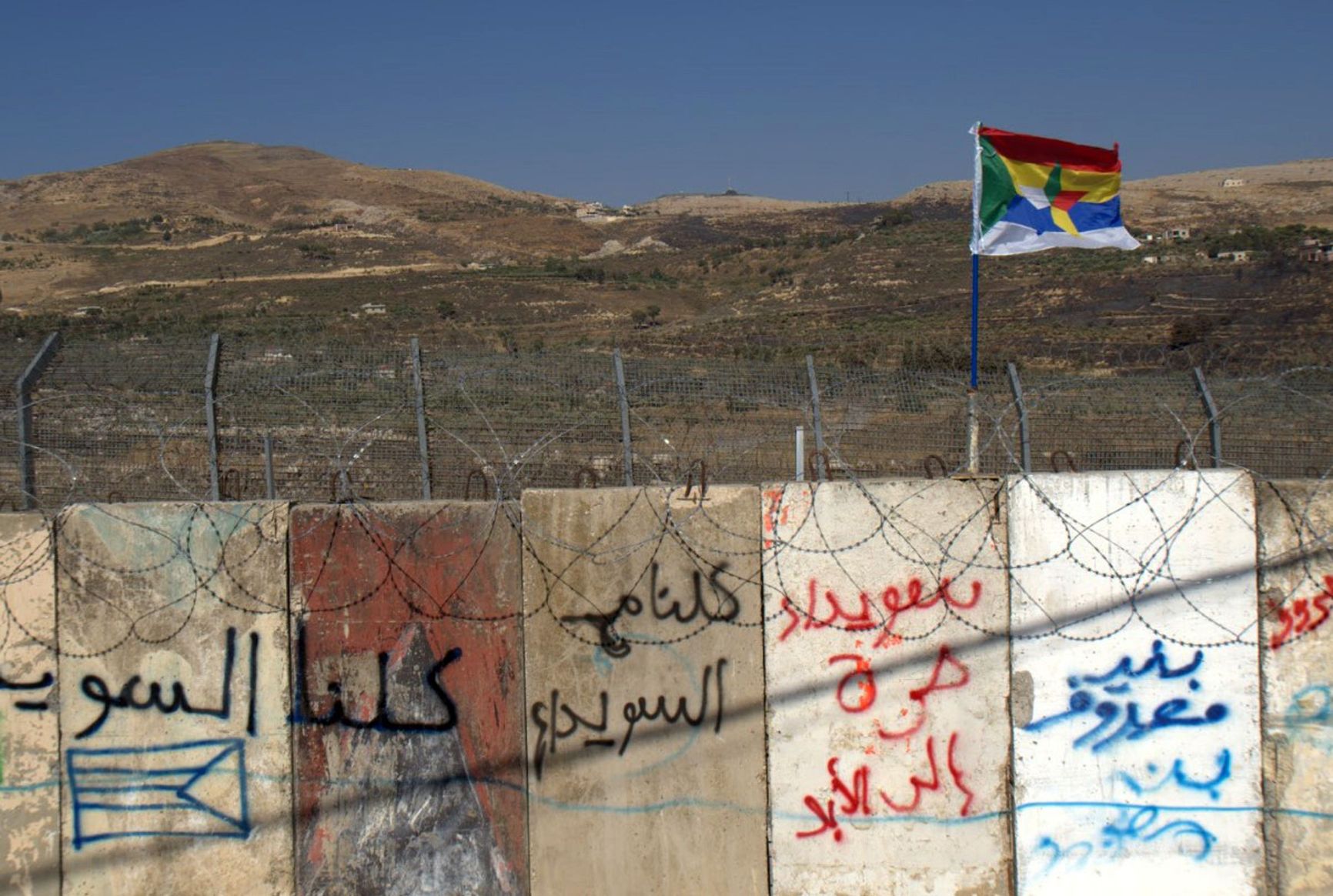
Graffiti on the wall reads: “We are all As-Suwayda,” “Druze blood is not cheap,” “We will not forgive”
The Insider
The Druze are mainly Arabic-speaking, and the inscriptions were translated for The Insider’s correspondent by Nader Kahlooni, an ambulance driver at the Majdal Shams station. He was one of the hundreds of locals who “broke through” the border. In reality, though, he says, there was no breakthrough. Around noon that Wednesday, as the crowd of Druze from Majdal Shams and neighboring villages gathered by the fence, the soldiers simply opened the gate.
A series of armed clashes that began on July 13, 2025, between Druze militias, Bedouin tribes, and Syrian government forces.
When more than a thousand Druze from nearby villages gathered at the fence, the soldiers simply opened the gate
Exactly what happened and who made that decision remains unclear. “Picture it: 40 or 50 soldiers, completely unprepared for this kind of escalation, and several hundred very angry young men ready to go rescue their relatives,” said a reservist who was on duty at the checkpoint that Wednesday (and is still stationed at a post a few hundred meters away). “Some of the soldiers and officers were Druze themselves — they understood everything. We simply had no other choice.”
The gate remained open from noon until nightfall. For the entire day, people could walk freely in both directions through the border fence between Israel and Syria. Thousands who had never seen their relatives — or hadn’t seen them in decades — were able to embrace. It was something like a local fall of the Berlin Wall.
“It was a Jewish head that figured this out,” Nader says with conviction. “They shut us up. Someone got scared we really would head all the way to As-Suwayda and things would spiral out of control, so they came up with this idea — open the gate. It was a historic moment. That night, when my relatives from Syria stayed over at my house, we didn’t sleep — we talked all night. I finally saw my cousin, who got married in Syria twenty years ago. We hadn’t seen each other since then.”
At nightfall on Wednesday, the gate was shut again. But the soldiers continued calmly letting people through — Syrian Druze back into Syria, and Israeli Druze back into Israel. According to the soldiers, not everyone has returned: a few dozen Israeli Druze may still be on the other side of the border. It’s also unclear whether all the Syrians went back.
No one attempted to reach As-Suwayda: it’s 130 kilometers from the border, and between the Syrian border villages and As-Suwayda lies the Sunni province of Daraa.
Did the angry young Druze know that? “They didn’t know anything,” says Saleh Badriya. “They live in social media, not in reality. They heard that Druze were being slaughtered and rushed off, without really understanding where.”
Still, it’s possible the “breakthrough” had more rational aims. The Syrian Druze village of Hader, near the border, is also surrounded by Sunni neighbors. If there were fears that unrest might spread there, the presence of hundreds of Israeli Druze in Hader may have served a purpose. “That was pressure on Israel too. It would’ve had to intervene to protect its citizens,” Saleh explains.
No outsiders
Nader Kahlooni points to a house on the Syrian side of the fence. It belongs to Nadim, a former resident of Majdal Shams who at the start of the Syrian civil war in 2011 crossed the border illegally in order to fight alongside the Druze. His mother still lives in Majdal Shams. On Wednesday, they saw each other for the first time in fourteen years. Nader shows a video in which the mother sobs and hugs her son, then faints. The son catches her in his arms and breaks down in tears too.
A series of armed clashes that began on July 13, 2025, between Druze militias, Bedouin tribes, and Syrian government forces.

Nader Kahlooni
In Majdal Shams, everyone has relatives on the other side of the border. Some of their homes are visible to the naked eye. Despite the closed international border, the Druze of the Golan Heights remain one extended family.
Near the barbed-wire fence, 31-year-old Majd Zrira — who returned from Syria twenty years ago after his father went there to study — has opened a café, where he serves water, juice, and sandwiches for free to the Israeli soldiers stationed at the border. In the first months after the fall of the Assad regime, Zrira says, dozens of trucks loaded with humanitarian aid passed through the checkpoint next to his establishment. Most of the supplies for those trucks were gathered in Israeli Druze villages, and Israeli soldiers escorted them to the edge of the security zone, where Druze from Suwayda would pick up the food and medicine.
A series of armed clashes that began on July 13, 2025, between Druze militias, Bedouin tribes, and Syrian government forces.

Majd Zrira at his café
The Insider
In mid-July, on the initiative of Saleh Badriya, Israel’s emergency medical service opened a blood donation center in the Druze village of Isfiya, near Haifa — not to deliver the blood to Suwayda, which is still impossible, but in the hope that some of the wounded could be brought to Israel for treatment. Dozens of people came to donate. Rami, a man of about 40 from Isfiya, came with his teenage daughter. Asked whether he has family in Suwayda, he shakes his head: “No, my family is from Lebanon. But they’re still our brothers. We’re all one family.”
A series of armed clashes that began on July 13, 2025, between Druze militias, Bedouin tribes, and Syrian government forces.

Blood donation center in Isfiya
The Insider
A core belief of the Druze faith is reincarnation — but with a catch: Druze are always reborn as Druze, meaning that if a member of the community is living in poverty or danger today, you may well inherit their plight in a later life. As a result, for Druze the world over, there are no outsiders among their own.
A series of armed clashes that began on July 13, 2025, between Druze militias, Bedouin tribes, and Syrian government forces.
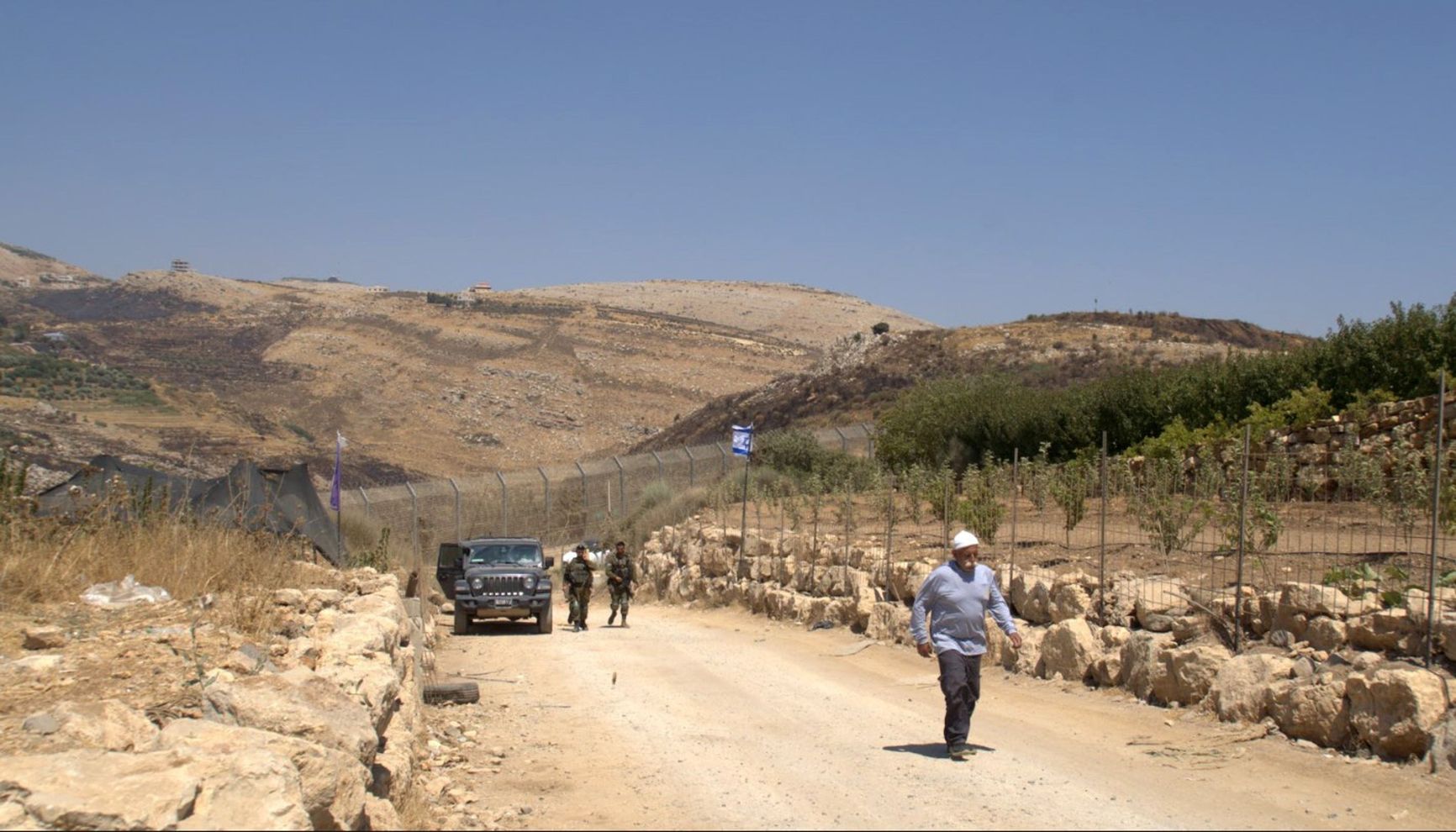
A resident of Majdal Shams at the Syrian border, where his brother lives just beyond the barbed-wire fence. He tried to pass food to him through the soldiers.
The Insider
Last December, after the fall of the Assad regime, one of the first Syrian Druze sheiks to arrive in Israel was a relative of Saleh Badriya’s. He brought a gift for his Israeli family: dried figs from his garden. “They were unsweetened figs,” Saleh says. “Not because they’re into healthy eating — they just don’t have sugar. They have nothing that doesn’t grow in their yard. The poverty there…When I saw it for myself in Hader, it was heartbreaking. They live like people did centuries ago.”
A series of armed clashes that began on July 13, 2025, between Druze militias, Bedouin tribes, and Syrian government forces.
Saleh Badriya’s relative brought unsweetened dried figs as a gift to his Israeli family — because they have no sugar
Saleh hid the figs on the top shelf of a cupboard and forbade anyone in the household from touching them. “I’m keeping them as a memory of this insane time,” he says.
The Insider’s correspondent met with Saleh in a small office building on the outskirts of the Arab town of Shefa-Amr in northern Israel. Just minutes before the interview, a friend of Saleh’s — a reservist in the Israeli army — stopped by with a huge sack of medicine collected by his Jewish fellow soldiers for the Druze of Suwayda.
“He hugged me and held me for two minutes without letting go,” Saleh recounts. “He said we’re brothers, and that if needed, he would go with me to defend the Syrian Druze. The Jewish people embrace and support us, and that warms the soul and gives us strength. But the government needs to wake up. And the world needs to wake up. This can’t go on.”
“We will not forget and we will not forgive”
Unlike the Druze of the Galilee, Israel’s Golan Druze are exempt from military service — most of them don’t even hold Israeli citizenship. The Golan Heights are considered occupied territory, and among the older generation living there, dual identity is common: they see themselves as Syrians just as much as Israelis. But for the younger generation, says Nader Kahlooni, things are different: “They see how people live in Israel, how we’re treated here, and they want to be part of Israeli society.”
After October 7 — and especially following the fall of the Assad regime — that sentiment has only grown stronger. In the first half of 2025 alone, more than a thousand Golan Druze applied for Israeli citizenship — twice as many as in all of last year. Many of them have joined the army or the police.
The events in As-Suwayda may turn out to have been another turning point. On July 15, Israel began bombing Syrian army forces in the area and later struck targets in Damascus, including the General Staff building and the area around the presidential palace. According to official statements, the strikes were aimed at “preventing harm to the Druze in Syria, in light of the deep fraternal bond with Druze citizens in Israel.” In response, Syria’s interim president, Ahmad al-Sharaa, accused Israel of sowing discord among his country’s citizens. A ceasefire was reached only on July 19, with the help of U.S. mediation.
While debates rage within Israel and abroad over whether the country should have intervened in the Syrian conflict at all, the question for Israeli Druze is different: was Israel’s intervention sufficient, or could it have done more?
The Insider met Amir Hanifes — chairman of the state-run Israel-Druze Center and Saleh Badriya’s superior — in his office at the Druze cultural center in Isfiya. On the office walls hang photographs of Israeli and Druze soldiers embracing, framed by two flags — Israel’s blue-and-white national flag, and the richly symbolic five-colored banner of the Druze.
A series of armed clashes that began on July 13, 2025, between Druze militias, Bedouin tribes, and Syrian government forces.
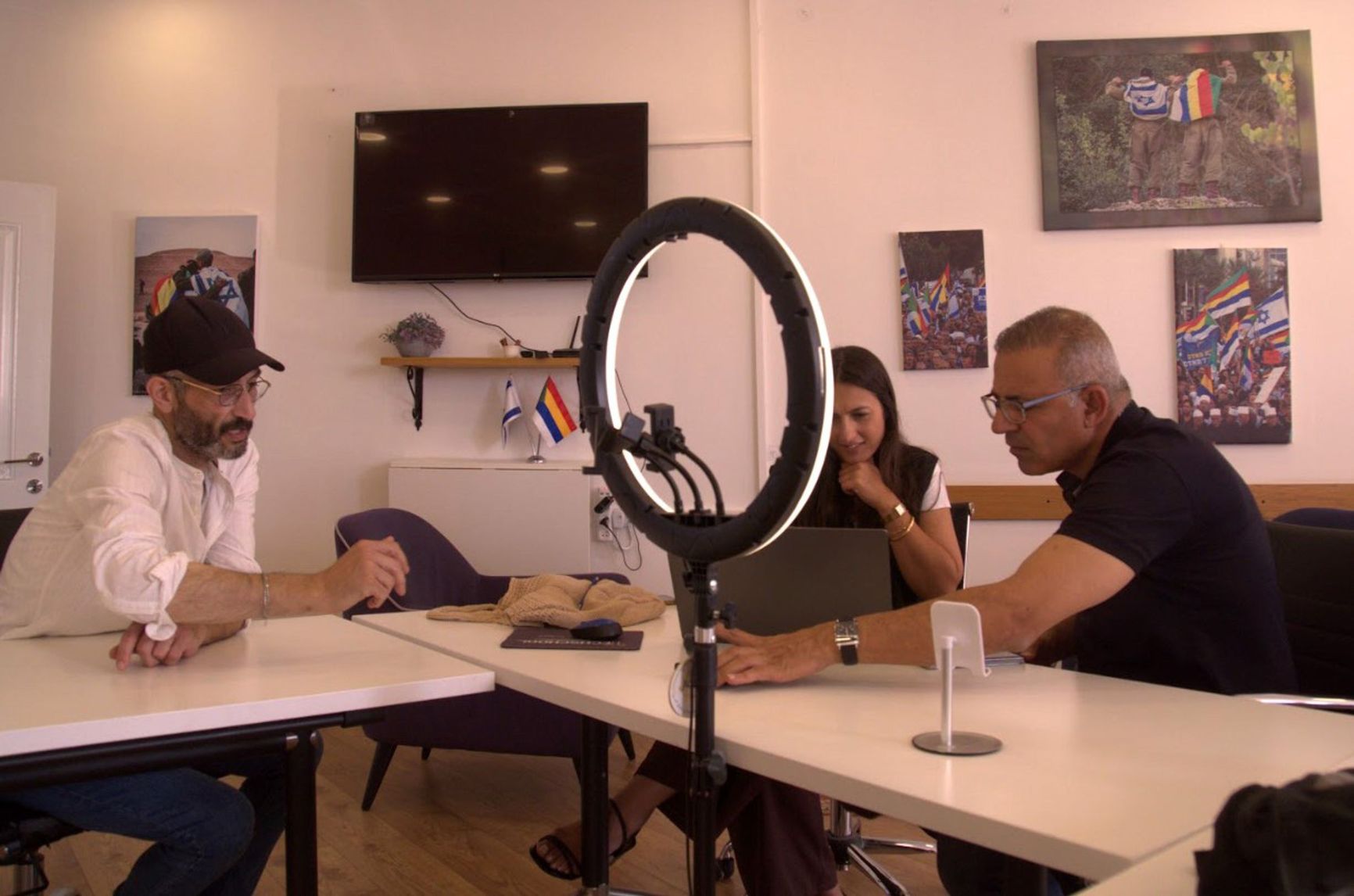
In the photographs on the walls of the state-run Israel-Druze Center, Israeli and Druze soldiers embrace beneath the Israeli and Druze flags.
The Insider
“Israel betrayed the blood alliance between our peoples,” says Amir, as if arguing with the photographs. “When October 7 happened, the Druze didn’t hesitate for a second — they went to defend the country, fought heroically, and died — and they are still fighting and dying. Yet when our October 7 happened, Israel waited two days before intervening, and in those two days, a thousand of our brothers were killed.”
The June war with Iran, which showed the world Israel’s military capabilities, has played a cruel joke in this regard. Israeli Druze now firmly believe that no military task is beyond the capabilities of the IDF, meaning that if the army did not protect the Druze of Syria, it did so out of choice.
A series of armed clashes that began on July 13, 2025, between Druze militias, Bedouin tribes, and Syrian government forces.
Israeli Druze are now convinced that if the IDF didn’t protect the Druze, it was because the army did not want to, not because it couldn’t
For Amir, there is no doubt that Israel should have launched a ground operation in Suwayda. Several people The Insider spoke with mentioned that senior Druze officers in the Israeli army are discussing a demand to their IDF leadership to be allowed to take part in defending the Syrian Druze, and that several hundred Druze soldiers are ready to sign on to such a demand.
The situation calls into question the purpose of Israeli intervention in Syria. Is the IDF protecting the brotherly Druze people, or is it trying to prevent Islamist jihadists from advancing toward the Jewish state’s borders? “Who says one excludes the other?” asks Dina Lisnyanskaya, an Arabist, a researcher of radical Islamic currents, a lecturer at Tel Aviv University, and a board member of the Israeli Druze Heritage Center. “If the Druze are destroyed, radical Islamists will be right on Israel’s border, and that becomes a strategic issue. If Israel doesn’t protect the Druze, it will have serious consequences.”
The Druze themselves understand the threat. None of them trusts Syria’s new leader, Ahmad al-Sharaa, and they are certain that the Druze are not the last group that will suffer if the radical Islamists empowered by Damascus plan to target.
“When they’re done with us, they’ll move on to the Jews,” says Nader Kahlooni. “Their goal is Islamic jihad. The current so-called Syrian army is ISIS. Watch the videos from Suwayda — they all have ISIS patches on their uniforms. That Golani [interim Syrian president Ahmad al-Sharaa] just put on a suit and tie because he wants Western support to strengthen his power. But in the end, he’ll march on Jerusalem.”
We are at the ambulance station office as Nader Kahlooni plays videos from As-Suwayda. Smoke rises from houses, gunfire crackles at random, people in military uniform run down the street. Then the muzzle of a rifle swings from corner to corner as the sound of gunshots rings out. Pools of dark red liquid form under bodies lying on the ground. In the middle of the yard, a baby lies in a cardboard box; a hand pulls back a cloth covering the baby’s face, then replaces it. In the next frame, a crowd of armed men shaves the mustache off an elderly man in civilian clothes.
“They took a living baby and cut out his heart, right in front of the camera. I saw that heart,” Nader says. Despite having worked as a paramedic for twenty years, his hands shake.
Among The Insider’s interviewees in Majdal Shams and Isfiya, no one believes al-Sharaa is truly seeking peace. Everyone here refers to him as “Golani,” the new Syrian president’s moniker from his “Al-Qaeda days.”
“The Druze will not forget and will not forgive,” says Nader Kahlooni in the ambulance station office, as three colleagues nod in agreement. “We will not burn their villages or slaughter people. Druze don’t do that. But we won’t shake their hands, and we will never agree to give up our weapons.”
A series of armed clashes that began on July 13, 2025, between Druze militias, Bedouin tribes, and Syrian government forces.